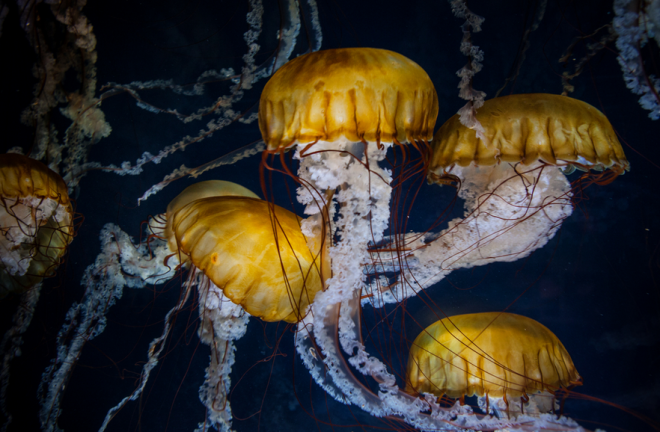
Like any other appliance, the various components of a home aquarium can consume not insignificant amounts of energy over the course of a year.
Besides shopping around for cheap electricity deals, we know we can reduce energy consumption and electricity bills by remembering to switch off lights and devices such as televisions and computers when they aren’t in use. We can also save by making the change to energy-saving light bulbs and taking other steps to improve the efficiency of our household appliances. Switching off your aquarium heaters and filters to save energy isn’t so straightforward, but thankfully there are still some ways to curb aquarium energy consumption.
The energy costs involved in running an aquarium can come as quite a surprise to some people. They can consume more electricity than a television or even a computer. If you’ve got a couple of tanks, as many people do, the combined energy costs could be equivalent to that of a refrigerator. Shopping around for energy efficient models when buying new components, just as you would for white goods or other household appliances, is clearly a good idea.
The different components of an aquarium include lights, filters and heaters. Let’s take a look at how to save on each.
Lighting
Just as energy-saving light bulbs in the home can make all the difference to your energy bills, using energy efficient lighting in your aquarium can save you significant amounts over the long term. Fluorescent lights are more efficient than incandescent or halide lamps. You can also save by only using lights when you need to, for example, using them just for eight hours a day. Moonlight LED lights, which cast low levels of light and consume a lot less energy than main aquarium lights, can be used at other times.
Filters
Filters come in different power levels. You do need to choose one that is the correct size and power for your aquarium – consult your aquarium manual or ask for specialist advice if you’re unsure what kind of filter you need. Beyond this, you may be able to adjust the filter‘s settings to maintain it at the most energy efficient speed.
Heating
The temperature of your aquarium needs to be set according to the type of fishes you have in it. Ask an expert if you don’t know the optimum temperature required. Once you have this figure, check the temperature on your tank and reduce it if it’s higher than it needs to be. You could also look into using solar energy, while an aeration stone placed under the heater will help to circulate cold water to the heater and disperse warmer water. Low output heaters are also more efficient and longer lasting than high output heaters.
Consider also where you keep your aquarium, as it will need less heating if it is already kept in a well-heated room. Heat loss can be minimised by using polystyrene or a similar material as insulation underneath the aquarium and between the aquarium outer wall and room walls or cabinet walls. Just as loft and cavity wall insulation can drastically reduce heat loss from rooms, making sure your aquarium is at least partially insulated is one of the most effective ways of reducing its heating costs.
This is a sponsored post
Image of jellyfish in aquarium from Shutterstock

Can you heat a home with fish tanks? Trying to find out if Anyone done this beyond the fishroom level? Furnace is busted, winter is coming, and looking for a sustainable win-win alternative.
Some details:
Currently running approximately 1200 gallons in ~50 tanks with submersible heaters and covered tops. Tank temps average in the mid to high 70s range.
WLP74
Drafty, but plastic sealed windows at the moment and there is a large 10×25 ft living area with a cathedral ceiling to contend with (normal ceilings elsewhere). Crawlspace throughout (if this matters). Location is SE Michigan. About 80% of the 1250 s/f home has been reinsulated. 1930s wood frame style.
Trying to locate a formula/calculators to see if I can add more aquariums at a lower cost than buying a new heating system. No luck with Google there beyond furnace btu calculators.